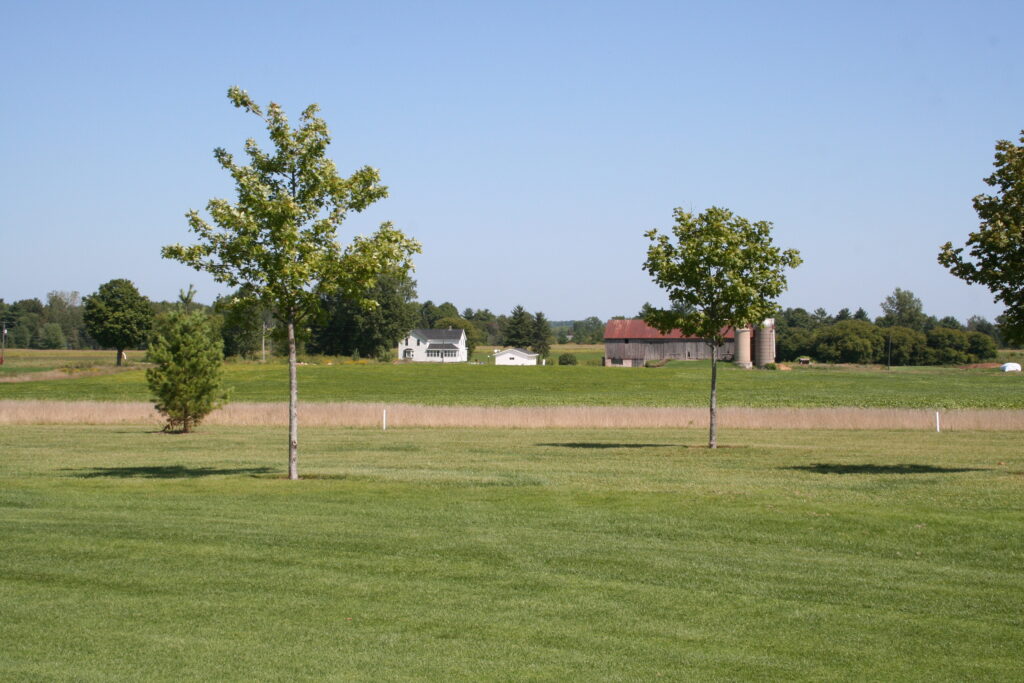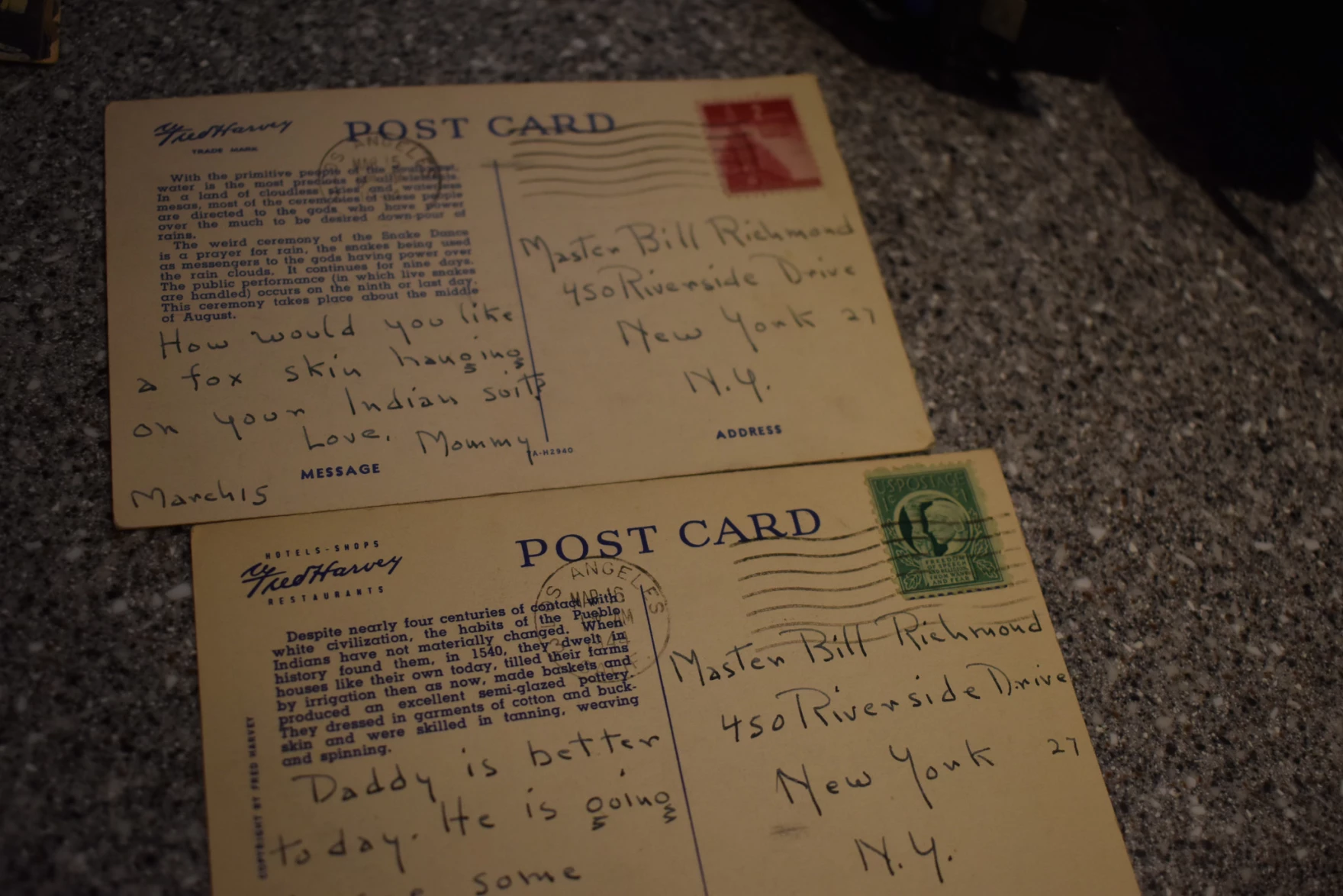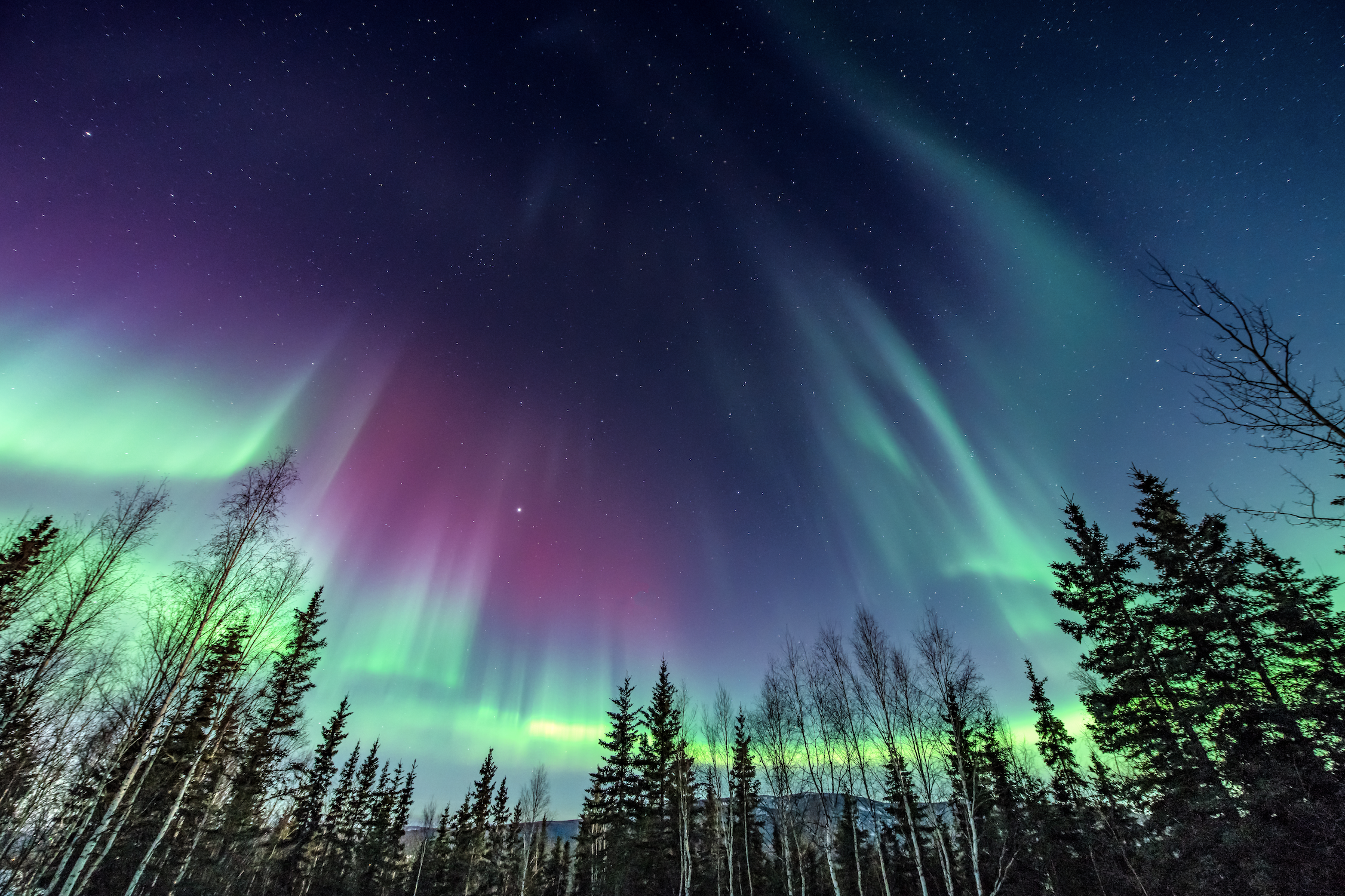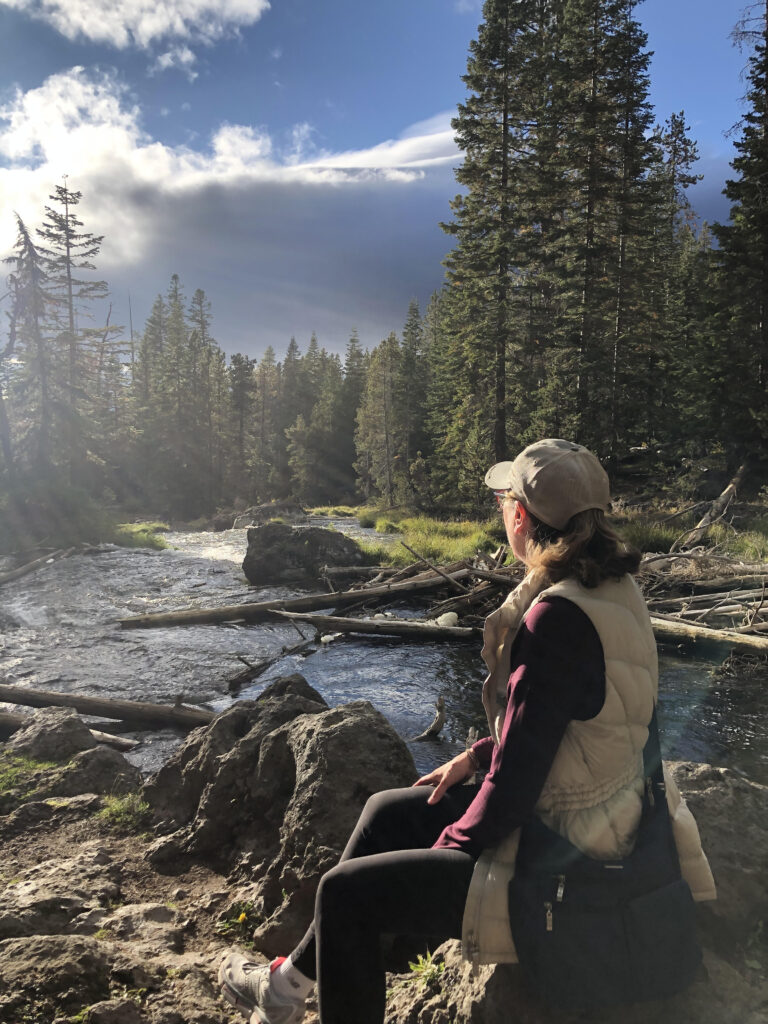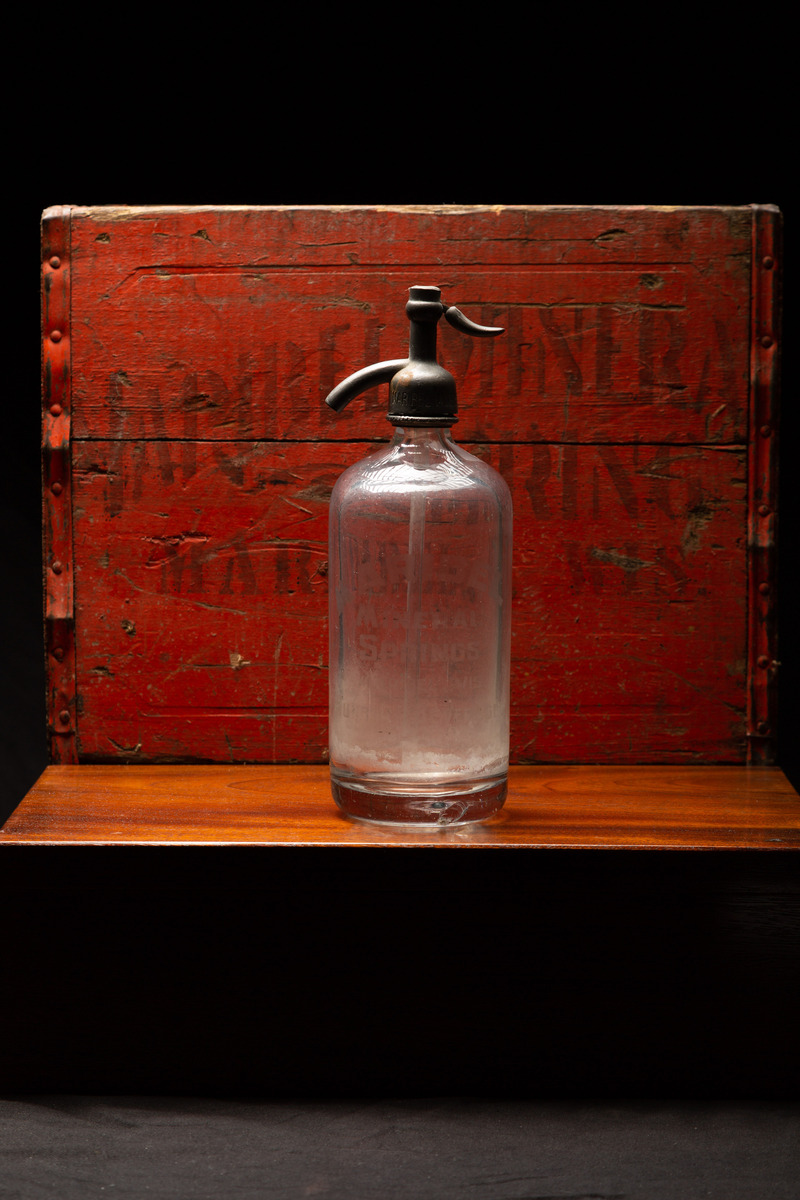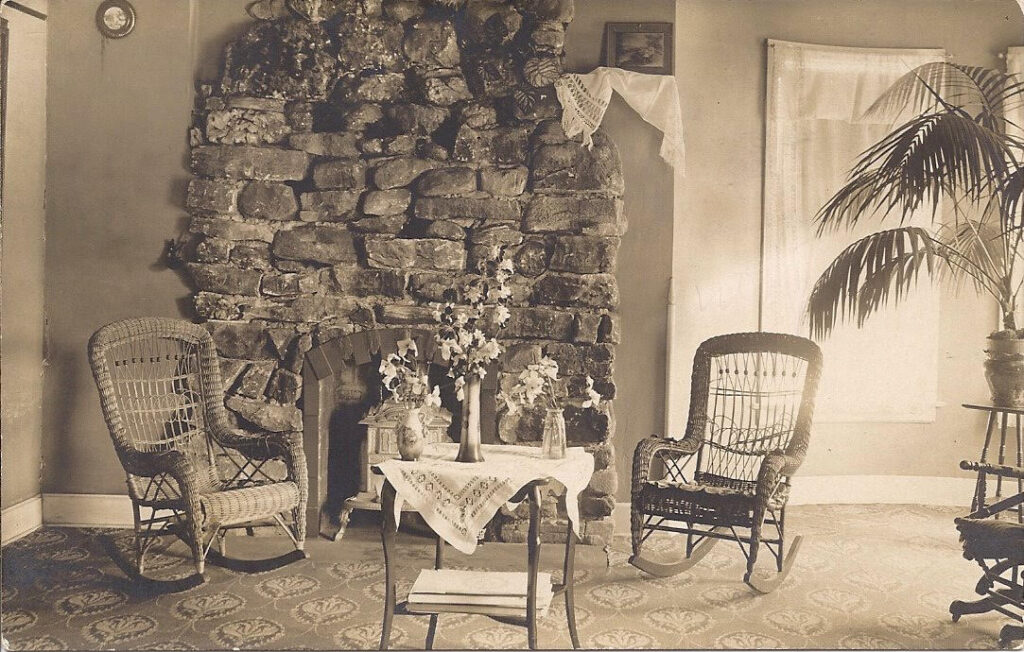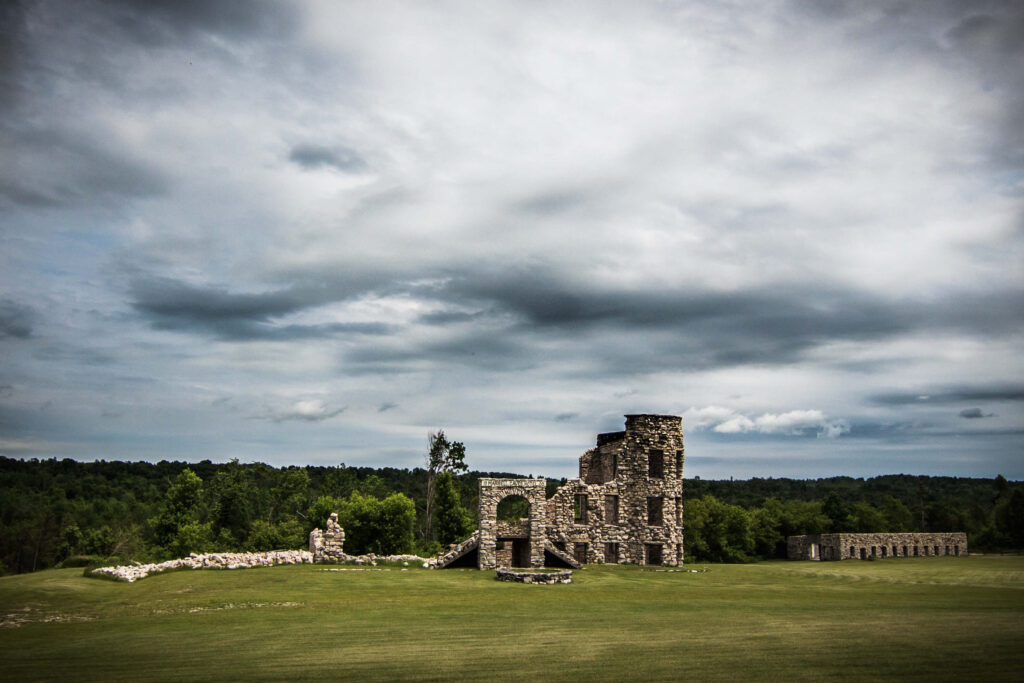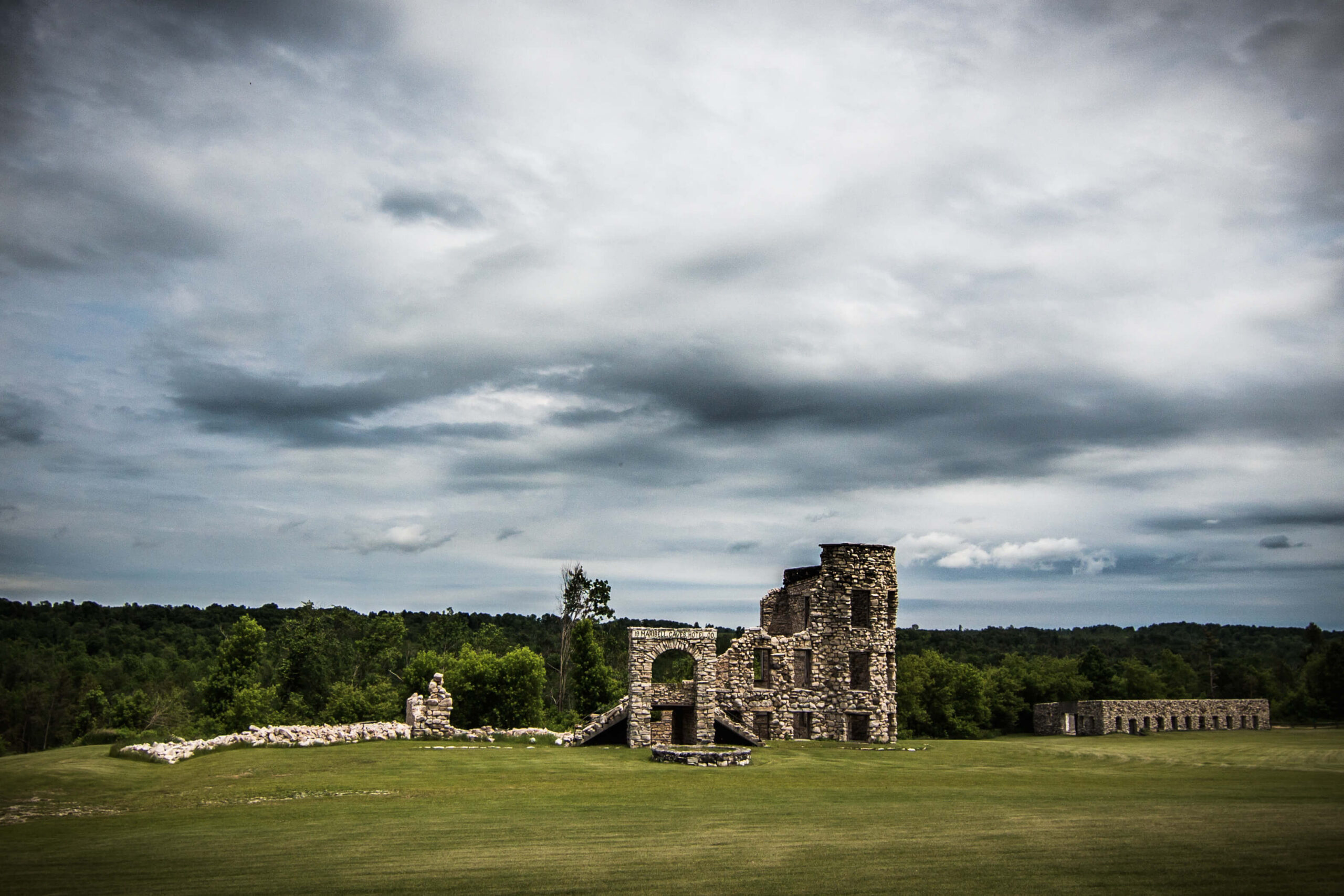I recently attended a book signing and lecture by a celebrity chef. By which I mean a chef who is a celebrity, not a chef who chefs for celebrities.
That digression is not the point of this missive, however. This is a well-known chef who made what I considered to be a rather snarky statement about the “middle states” finally starting and shopping at Farmer’s Markets. She specifically mentioned my home state of Wisconsin. She was extolling the virtues of the Santa Monica Farmer’s Market as a paragon of virtue.
I was rather taken aback by this comment as the reader has already deduced.
I was born in Wisconsin and lived there until I was 12 years old. My family lived outside of the nearest city, population 20,000. My mother, grandmothers, aunts, neighbors and all of their neighbors, whether living in the country or the city were the original “Farmers”.
We lived in the countryside, loving summer food. My favorite summer meals consisted of food that we caught, foraged, grew or purchased from local farmers. Sunday mornings started with church, but after Mass and breakfast at our grandparents, we wound our way back home through the countryside, picking up our favorite foods from the farmers and artisans who grew, raised or made the food.
The first stop was the egg lady. To this day, I don’t know her name or address. Hers was the white and beige house and barn on the road at the turn off to English Lake, where we lived. We’d pull into the gravel driveway and somehow, someone was always home, even if we didn’t arrive on Sunday. We’d run on the grass or swing on the swings while my mother went inside and bought our eggs for the week.
Somewhere along the way, a farm would have sweet corn or peas in the pod for sale. That would be a stop or two more.
Arriving home, we’d talk about supper that night. At different times of the summer, I’d pick or find other produce for our meal. Wild asparagus grew in the ditch at the side of our house. I’d go out and pick the spears, eating them along the way. I found a raspberry patch at the edge of the woods and field across the road and down the hill. I discovered that if I picked them later in the day, there weren’t so many bees. I loved the sun-warmed juice and the tiny crunch of the seeds.
We lived between two wooded areas – I always thought of them as the woods and the other woods. I could not tell you why that was. The other woods had patches and patches of wild strawberries. Tiny, small strawberries that I would have identified months before they bore fruit. I knew what the leaves and flowers looked like. Early in the summer, I’d walk through the woods, looking for the low plants and mentally mark the places. I’d pay attention to which trees the plants were near and go check on them with some frequency, waiting for the day I knew they would have berries. Somehow, I could never pick enough wild strawberries to make it back to the house. I’d always tell my mother about them, but I didn’t share.
Everyone we knew had a garden, lovingly tended and generously given. My grandmother grew carrots, beets, peas, beans, dill (still my favorite herb), potatoes, tomatoes, cucumbers (pickling and eating), pumpkins, and numbers of other produce I don’t recall now. Grandma had a black cherry tree, which I would climb and sit in and eat to my heart’s content. I could not get enough black cherries. She also had a regular cherry tree. I like the regular cherries, but there was nothing like black cherries, eaten while sitting in the tree. On days I was there with a cousin, we’d walk across the oat field to the apple trees. We had green apples with salt or red apples if we wanted something sweeter. We even loved fresh oats. The milky, sweet oats were another kind of treat to me. I loved the sweet juicy sensation balanced by the grainy texture of the oat.
Back at the lake, my brothers and I fished. We caught perch, bass, bullheads, crappie or sunfish. We were each taught to clean our own fish, although I never learned to bait my own hook. Walking down the hill toward sunset, the grass was cool and damp between my toes. Standing on the weathered pier, there were favorite places to cast our poles. Over by the lily pads always yielded a bite, but the trick was to avoid getting the hook embedded in a lily pad stem. Bullheads were easy – black bodies swimming around the sandy places. Sunfish and perch had their rocky nests built in the sandy areas. They were very particular and difficult to catch.
When the dill was perfect and summer days were long, we’d take flashlights into the lake and pick crawfish. We called them crabs, but I don’t think that is technically correct. We’d boil those with fresh dill, sometimes picked from the fields around our house, sometimes brought back from Grandma’s house. A little butter, fresh peas in the pod, still on the vine and strawberry shortcake for dessert. We had fresh cream from one of the stops on our way home. Shortcake was the classic, unsweetened Bisquick. I learned to make that when I was 8. It is still my favorite kind of shortcake. Not sweet, just really dense, soaking up the cream and strawberry juice.
My grandmother’s garden was another delightful food experience for me. She spent time showing us how to tell when a carrot was ready – not too old, but not so young that it was a waste to pull it. Beets needed to be cooked, rhubarb leaves were poison. Don’t eat mushrooms in the woods, and you could eat violets.
Then, at the end of summer, it was canning season. My absolute favorite were my grandmother’s dill pickles. She would boil the jars, get every towel and throw rug in the house. That sentence will seem odd to anyone who has never canned fruits and vegetables at home. After the jars are boiled (to sanitize them), after the pickling cucumbers are cleaned, the jars stuffed with garlic and dill, vinegar and water poured in, they are wrapped in rugs and towels. The rugs and towels hold in the heat and helps the lids to seal on the jars. My grandmother would test each jar – pushing on the top to make sure it sealed and would be safe to eat. The smell of dill and garlic in her steamy kitchen meant that summer was almost over. I was assigned various tasks, cleaning the dried mud off the cucumbers, warm from the garden. Or stuffing handfuls of dill into the jars. I knew that all winter, we’d have dill pickles, rationed so that we’d have a supply until next year.
My aunts still can and still make dill pickles every year. They can beets and tomato juice and other produce I don’t understand.
Our world was a Farmer’s Market. Care and attention and personal involvement were part of the food we ate, especially during the bounty of our short summers.
Sherry Dewane
We didn’t think of buying produce at a grocery store, which wouldn’t have the quality or freshness in any case. We didn’t think it was glamorous or green or politically correct. We just got the best food we could get and we used the resources we had.
We learned early that fresh off the vine, tree, out of the ground or off the stalk was always the best. Sun warmed, or cooled by night air, fruits and vegetables were at their best. Fish, fresh caught, cleaned and cooked as kids helped us understand where our food came from. We didn’t over fish, over pick or tear up our food resources. We had respect and a relationship with our food.
Now, I live in Los Angeles and think often, especially during the summer about the great and wonderful food that I found wandering around the woods and fields that were my neighborhood. Only rarely do I find a tomato as great tasting as those I picked when I was a child. Peas in a pod are like caviar to me, I lust after them in my heart. I salute city dwellers who buy at Farmer’s Markets.
Every time I see a Farmer’s Market I think about my childhood and our world that was one big Farmer’s Market. It is incorrect and arrogant to say that the middle states have ‘finally’ found the beauty of the Farmer’s Market – the middle states invented the Farmer’s Market. The heritage of the local family farm, fresh produce, fresh cheese and meat and fish came from and have sustained innumerable communities in the great middle states of this country.
I am grateful to have lived at least part of my life enjoying the freshest food available, the Farmer’s Market of my childhood.
